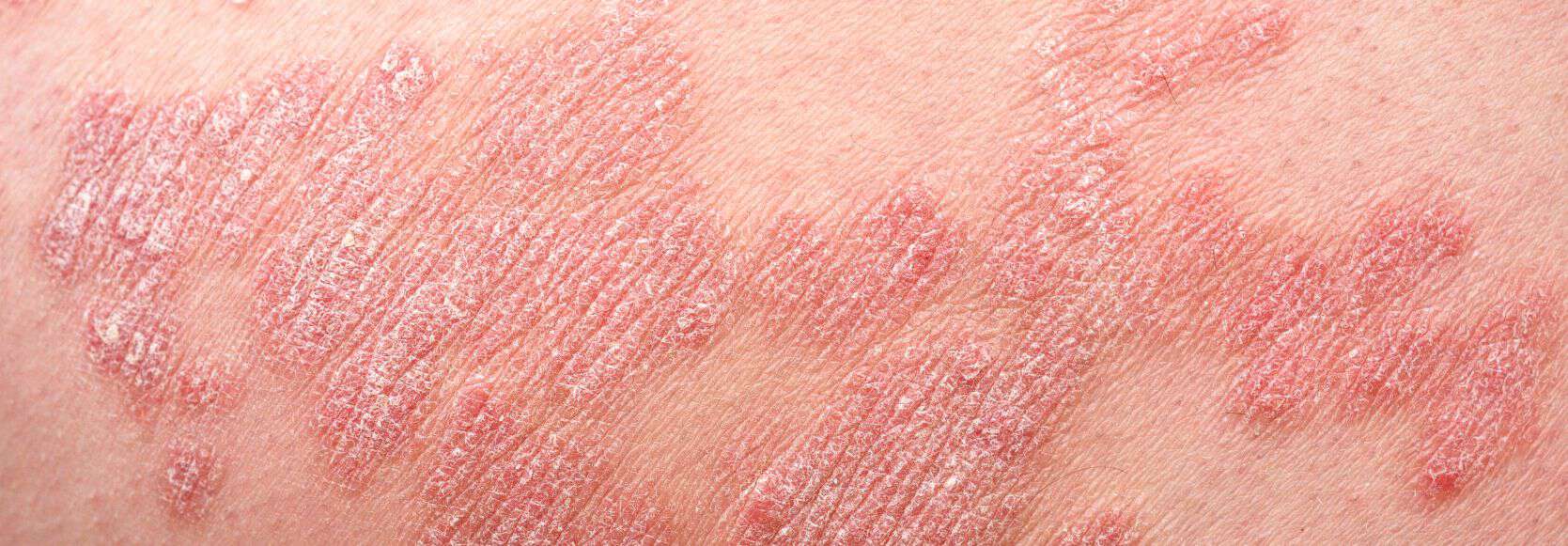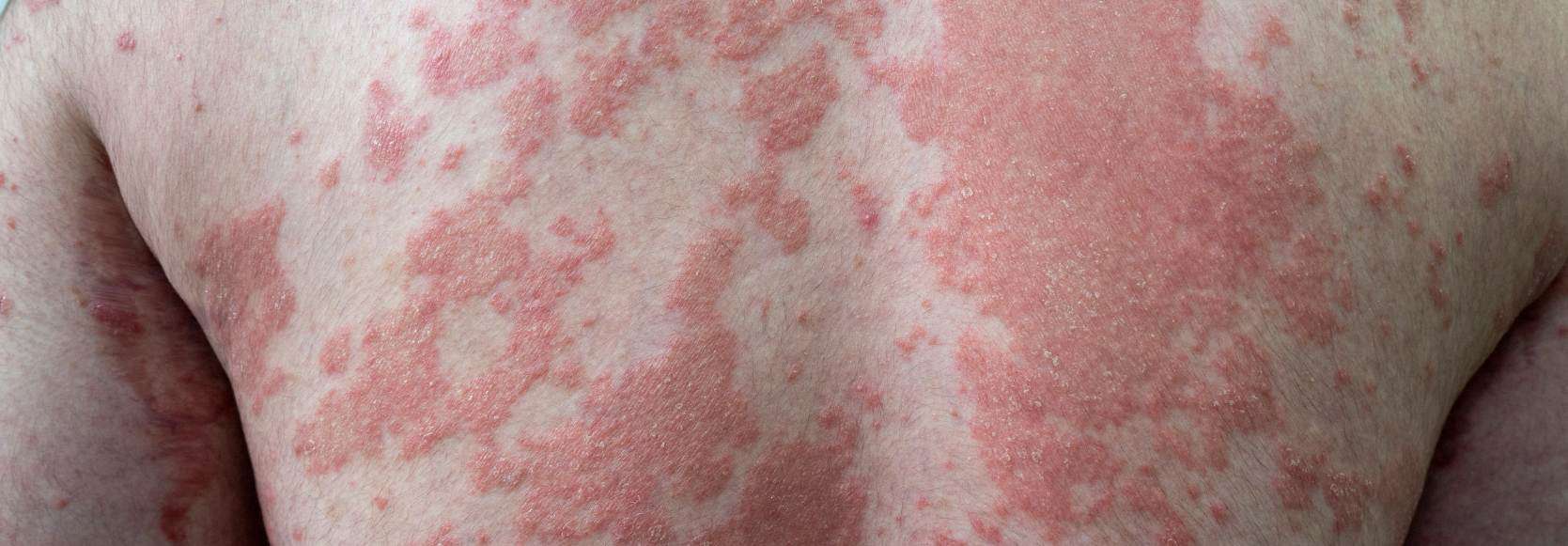Discovering the Power of Sunscreen
Defining SPF
The Importance of SPF in Daily Skincare
Choosing the Right SPF for Your Skin Type
- For Oily Skin: Opt for a non-comedogenic, oil-free formula. Gel-based or mattifying sunscreens can help control excess oil and prevent breakouts.
- For Dry Skin: Moisturising sunscreens with hyaluronic acid or glycerin are ideal. Cream-based sunscreens offer additional hydration.
- For Sensitive Skin: Mineral sunscreens containing zinc oxide or titanium dioxide are advisable as they are less likely to cause irritation or allergic reactions.
- For Combination Skin: A balanced formula that caters to dry and oily areas works best. Lightweight lotions or fluid sunscreens are good choices.
Demystifying Common SPF Myths
Myth 1: SPF is Only Needed in Summer
Myth 2: A Higher SPF Guarantees Extended Protection
Myth 3: Darker Skin Does Not Require SPF
Myth 4: SPF Isn't Needed Indoors
Myth 5: Makeup with SPF is Enough
Recognising these facts promotes adequate skin protection, enabling you to evade common pitfalls.
Incorporating SPF into Your Day-to-Day Routine: Handy Tips
- Make it the Final Step: Apply sunscreen after your moisturiser and before makeup. This creates a protective barrier on your skin.
- Set a Reminder: Reapply every two hours when outdoors and immediately after swimming, sweating or towel-drying. Set a phone reminder to stay on track.
- Don’t Forget Lip Protection: Your lips can also burn, so use a lip balm with SPF to protect them.
- Layer SPF Products: Use multiple SPF products like sunscreen, moisturiser and foundation to provide an added layer of protection.
The Role of SPF in Preventing Sun-induced Skin Conditions
Conditions Caused by Sun Exposure:
- Photoaging: Prolonged exposure to UVA rays speeds up the skin’s ageing process, leading to wrinkles, fine lines and hyperpigmentation.
- Age Spots and Sun Damage: Also known as liver spots, these are flat, brown or black spots that appear due to chronic sun exposure.
- Freckles and Solar Lentigos: These are small, flat, brown spots on the skin that darken with increased sun exposure.
- Actinic Keratosis: Characterised by rough, scaly patches due to extended sun exposure, this condition can potentially evolve into skin cancer.
- Basal Cell Carcinoma: A type of skin cancer usually appears as a translucent bump on the skin, primarily caused by UV exposure.
- Squamous Cell Carcinoma: Another form of skin cancer that presents as red, scaly lesions and is associated with prolonged UVB exposure.
- Malignant Melanoma: This is the most lethal form of skin cancer, which can develop anywhere in your body and is closely linked with UV exposure.
Conclusion
Adopting SPF as part of your daily routine is a game-changer for preserving vibrant, youthful skin. Understanding the importance of sun protection and selecting suitable products can make SPF a permanent part of your skincare routine. Remember, the skin protection you practice today guarantees healthier, more beautiful skin tomorrow. SPF is a must, whether you’re new to skincare or an experienced skin enthusiast. Embark on your safe-sun journey with confidence and seek the help of skincare professionals for personalised advice. Dermatologists can guide you in choosing the appropriate SPF and address any concerns about sun-induced conditions. Your skin will thank you!









